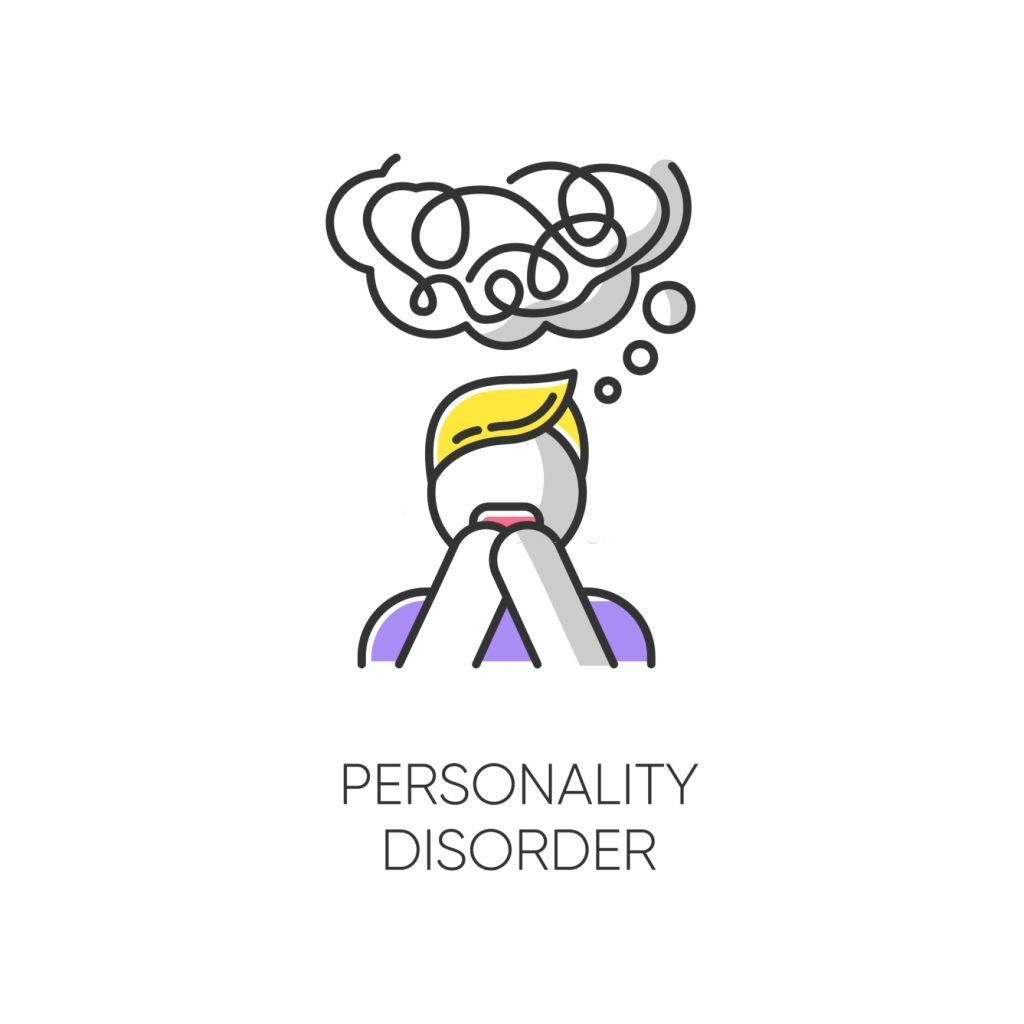What Is Maladaptive Behavior?
Some people are adaptive, and some people are not. Some people are bad at adapting, and others are good at adapting. Such actions can help relieve or avoid stress but can also be disruptive and lead to increased distress, discomfort, and anxiety. Some people inadvertently develop dysfunctional strategies to cope with anxiety, stress, or panic. These strategies can relieve some discomfort at the moment.
It is impossible to solve the underlying problem if you keep engaging in bad habits that are causing you stress. These behaviors provide temporary relief but often lead to other issues or exacerbate existing ones.
The article discusses the definition, types, and mental health conditions associated with maladaptive behavior.
Maladaptive Behavior Signs
Maladaptive behavior can present itself in a variety of ways. These behavior patterns are frequently detrimental and can impact physical health, mental health, relationships, and other critical areas of functioning. The following are examples of common indications of maladaptive behavior:
- Avoid stressful or unpleasant situations.
- Extensive fantasies that substitute real-life encounters are examples of maladaptive daydreaming.
- Keeping your genuine feelings hidden rather than expressing your ideas or emotions.
- Hurting yourself to cope with distress. Also, Anger outbursts.
- Using drugs or alcohol to cope with worry or other feelings.
- Withdrawing from social circumstances that make you uncomfortable or anxious.
Maladaptive Behavior Causes
Maladaptive behaviors can occur for a variety of causes, including the presence of mental health issues. People engage in maladaptive behaviors whether or not they have a mental health diagnosis. On the other hand, those with specific mental health issues are more likely to demonstrate maladaptive behaviors.
Anxiety Issues
To cope with their discomfort, people suffering from anxiety disorders are more likely to engage in maladaptive behaviors, particularly avoidance. One of the most typical behaviors among people with a social anxiety disorder is avoidance, specifically social disengagement (SAD). Avoidance, like all maladaptive actions, can imprison you in a loop of distress.
Autistic Spectrum Disorder (ASD)
Autism can cause “externalizing behaviors,” such as self-injury, violence, temper tantrums, and non-compliance. It may be more likely among persons with limited verbal communication skills.
Panic Disorder
People who have panic disorder may avoid situations that provoke their symptoms. This is especially true for persons who suffer from phobias.
Personality Issues
People with avoidant personality disorder (AVPD) are particularly sensitive to criticism. They are frequently bashful and, as a result, tend to retreat socially. One study discovered that minimizing avoidant coping in patients with borderline personality features helped improve aggressive symptoms.
Trauma
Survivors of a traumatic incident may utilize avoidance, self-blame, and/or substance abuse to cope with the trauma’s disruptive memories.
The Effects of Maladaptive Behavior
While these practices may temporarily reduce anxiety, avoiding these situations might lead to other difficulties, such as:
Increasing your dread of scenarios: Avoiding frightening experiences can amplify and reinforce your concerns. When you ignore your worries, your brain learns that those events are hazards that must be avoided.
Difficult social relationships: You may begin to avoid specific friends or family members because you do not want to be “forced” to do things you do not want to do.
Poor social skills: Avoiding anxiety-provoking circumstances can hinder you from gaining the core social skills required to communicate effectively with others.
Difficulties are asserting yourself: The more you avoid uncomfortable conversations and social settings, the more difficult it will be to establish yourself and speak up for what you believe in, guaranteeing that your demands go unnoticed.
Low job achievement: Avoiding interpersonal contacts at work, failing to attend work conferences, and declining job offers or promotions can all prohibit you from progressing in your career.
Substance abuse problems: Self-medicating with alcohol or drugs to deal with unpleasant feelings can quickly become a crutch, increasing the likelihood of developing a substance use disorder.
Maladaptive Behavior Treatment
Discover that maladaptive habits are hampering your ability to overcome social anxiety. It may be beneficial to consult with a primary care doctor or a mental health expert to discuss your concerns.
You and a therapist can work together to develop techniques for replacing maladaptive behaviors with adaptive ones. Therapy and medication are two clinically recognized therapy options that may benefit you.
Psychotherapy
Cognitive Behavioral Therapy (CBT) is a treatment strategy focusing on altering the underlying cognitive patterns contributing to maladaptive behavior.
You’ll learn to identify some of the cognitive distortions that contribute to avoidance, anger, and safety behaviors while working with a therapist. Then you can focus on replacing these behaviors with more adaptable ones.
Medications
Medication is also available and is frequently used in conjunction with therapy. Antidepressants, benzodiazepines, and beta-blockers are some of the most commonly given drugs. These can also help lessen feelings of worry, making you less likely to engage in maladaptive behaviors to cope with distress.







